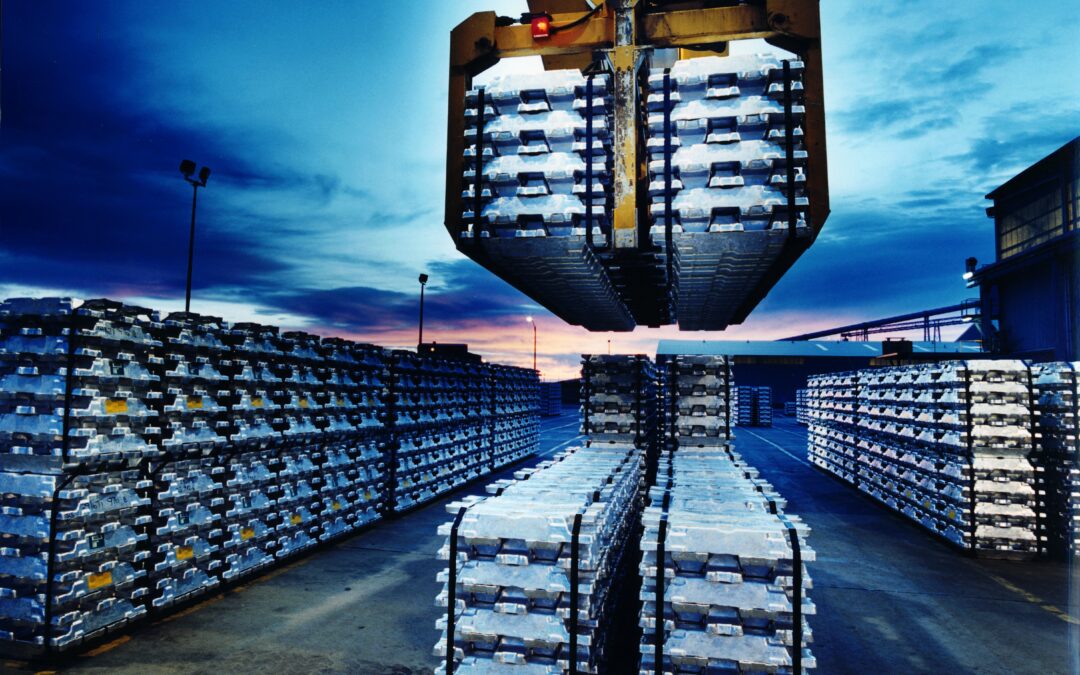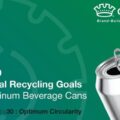This year, the Aluminum and Steel Institute (IAI) contracted Roland Berger to conduct an analysis of aluminum can waste management in Australia, Cambodia, South Korea, Thailand, the United Arab Emirates and Vietnam. The objective was to identify possible improvements in these countries.
Working together, these countries offer relevant data on the use, collection and processing of cans in different places and cultures. In addition, the assessment includes information about regional trade in used beverage can scrap (UBC) in key areas such as the Gulf and Asia Pacific, which are important trading areas.
According to the report, it was estimated that up to 60 million tons of carbon dioxide equivalent could be reduced by the year 2030 thanks to an adequate global recycling process for used beverage cans.
Specifically, different elements were taken into account to analyze the situation in each of the six countries, including waste management and regulatory systems, collection infrastructure, recycling and landfill rates, market volume, usage trends, overall performance and trade in used cans. Material flows and future recycling targets were also considered.
The classification of the aforementioned countries can be divided into three main groups, which in turn contain two countries each.
In some countries such as Thailand, Cambodia and Vietnam, the collection of aluminum cans is mainly done through informal mechanisms. This means that there are a large number of people working in this activity in an unregulated manner. Since the collection and sale of cans can generate income for these individuals, countries that rely heavily on this system report high recovery rates.
Countries such as Australia and South Korea have developed waste management systems. These systems are often complex and include measures such as extended producer responsibility (EPR) and deposit return systems (DRS).
Some countries have transitional systems, such as the United Arab Emirates, where the collection infrastructure is already well developed even if it does not include mandatory or functional extended producer responsibility programs or deposit and return systems.
Despite the existence of other types of containers, the aluminum can is still the can of choice for the alcoholic beverage and soft drink industries. Global can consumption is projected to increase by 50% by 2030, from 420 to 630 billion per year. Several companies, including Emirates Global Aluminium, Crown Holdings, Australian Aluminium Council and Novelis, collaborated together to fund the study.
An assessment process was carried out involving interviews with affected individuals and groups, review of rules and regulations, market and supply chain analysis, data collection and analysis, and modeling to establish baselines such as volumes, tariffs and prices.














